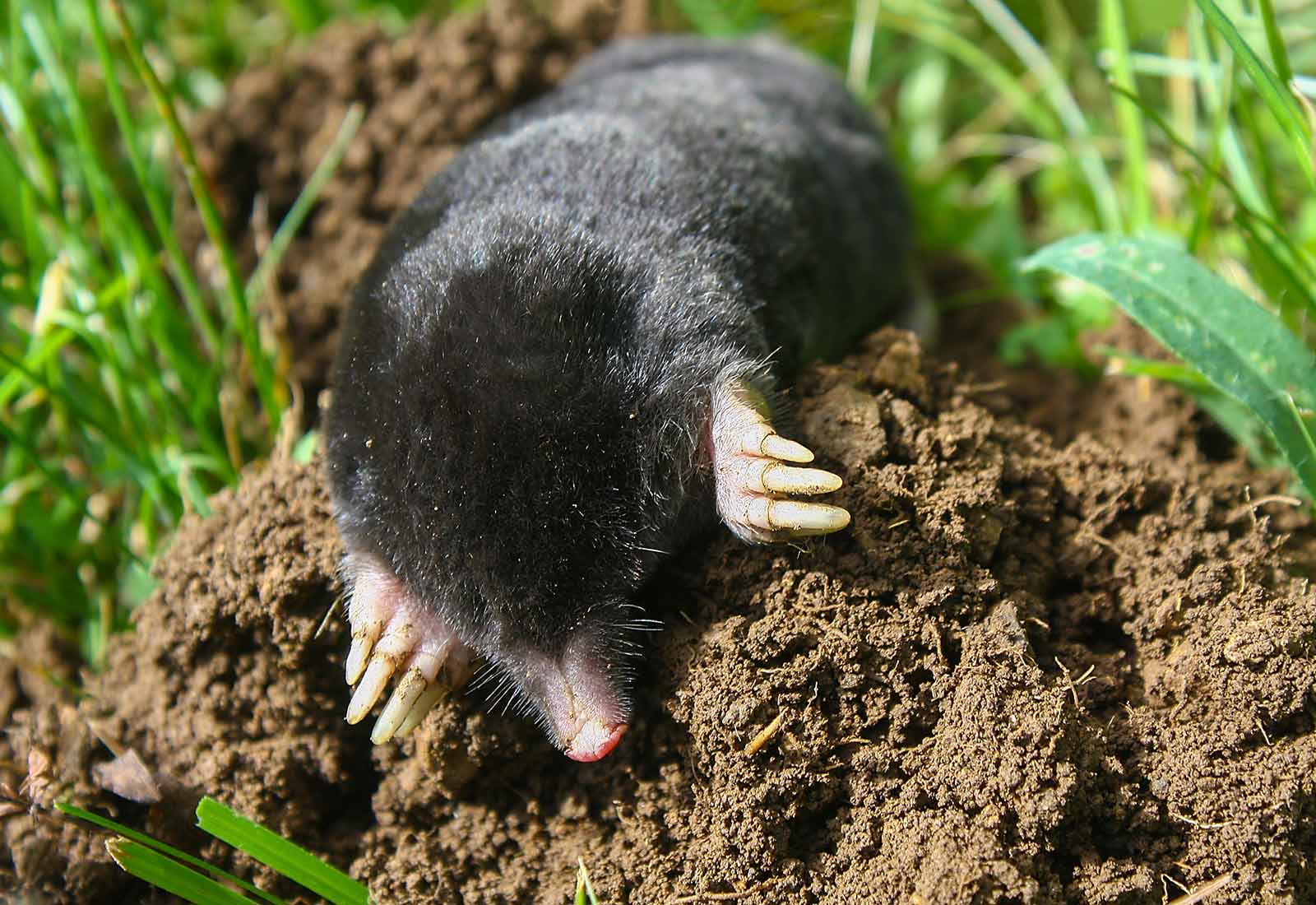Comprehensive Guide to Efficient Vole Parasite Control: Invasion Identification and Therapy Techniques
In the realm of reliable bug control, vole infestations pose an one-of-a-kind difficulty that demands a calculated method. These tiny rats, commonly incorrect for computer mice, can inflict chaos on yards, grass, and crops if left untreated. Recognizing the indications of vole presence and carrying out targeted treatment approaches are vital parts of a successful pest administration plan. By checking out the nuances of vole habits, understanding vital signs of problem, and assessing a variety of control options, one can establish a comprehensive approach to combat these evasive parasites.
Understanding Vole Habits
Vole actions is defined by their delving habits and fast recreation rates, making them a difficult parasite to control effectively. These little rats generally develop detailed tunnel systems underground, utilizing them for shelter, food storage space, and transportation. Voles are herbivores, taking in a selection of plants, yards, origins, and light bulbs, which can trigger significant damage to gardens, orchards, and yards. Their quick reproductive price further complicates control initiatives, with ladies efficient in producing several clutters in a solitary year, each having several spawn.
Voles are most energetic during the morning and night hours, spending the majority of their time foraging for food. Their burrowing habits not just disturb grass and gardens but additionally make them challenging to remove and detect. Understanding vole habits is vital for reliable insect control strategies. By recognizing their burrow locations, keeping an eye on feeding areas, and carrying out targeted control methods, such as capturing or habitat adjustment, vole infestations can be taken care of efficiently.
Signs of Vole Problem

Avoidance Techniques
Implementing efficient avoidance strategies is vital in minimizing vole infestations and securing vegetation from their damaging feeding behaviors (vole yard damage). To stop vole problems, it is necessary to start by eliminating potential food resources and shelter. Keep lawn and vegetation trimmed short, remove weeds and debris, and preserve a neat garden or yard to make the area less appealing to voles. Mounting obstacles such as equipment towel or below ground fencing can also assist hinder voles from getting in specific areas. Additionally, decreasing excess wetness by taking care of leaking pipes and making certain correct drainage can make the environment much less hospitable for voles.
Frequently checking the property for indicators of vole activity, such as paths and tunnel openings, is important for early detection and prompt action. If vole task is thought, consider utilizing catches or repellents purposefully put near their paths. Utilizing all-natural predators like snakes or owls can additionally assist maintain vole populations in check. By implementing a mix of these prevention house owners, strategies and garden enthusiasts can efficiently protect their plant life from vole damage.
Non-Lethal Control Methods
To successfully take care of vole populaces while prioritizing humane techniques, non-lethal control methods supply useful options for reducing vole damage in yards and landscapes. One effective technique is using physical barriers such as hardware cloth or cable mesh to shield at risk plants. These barriers can be hidden at the very least 12 inches deep and bent at a 90-degree angle to avoid voles from tunneling underneath. Additionally, habitat modification can deter voles by look here reducing their preferred food sources and concealing places. Preserving a well-mowed yard, eliminating debris, and keeping greenery trimmed can make the environment less appealing to voles.

Lethal Control Options
One reliable technique for attending to vole invasions in landscapes and gardens entails the critical usage of deadly control choices. When faced with a severe vole problem that non-lethal approaches have actually stopped working to consist of, carrying out deadly control actions ends up being vital. In general, when employing deadly control choices, it is crucial to do so sensibly and in conformity with local regulations to properly handle vole infestations.
Verdict
To conclude, effective vole insect control calls for a comprehensive understanding of vole habits, recognition of signs of infestation, application of prevention approaches, and usage of both non-lethal and dangerous control techniques. By combining these strategies, individuals can properly handle vole populaces and safeguard their home from damages. It is essential to the original source resolve vole infestations without delay to avoid more issues and lessen the influence on the surrounding atmosphere.
Offered the elaborate passage systems and rapid reproduction rates characteristic of voles, acknowledging the indicators of vole infestation comes to be important in reliable pest control. One of the primary signs of vole visibility is the visibility of surface runways or tracks in yard or snow, generally regarding 1-2 inches large, developed as voles travel between their burrows and food sources.To successfully take care of vole populaces while prioritizing humane approaches, non-lethal control approaches use practical options for minimizing vole damage in yards and landscapes.One reliable method for resolving vole problems in landscapes and yards includes the calculated use of lethal control alternatives. vole control.In verdict, efficient vole pest control calls for a thorough understanding of vole behavior, recognition of signs of problem, implementation of prevention methods, and usage of both dangerous and non-lethal control methods